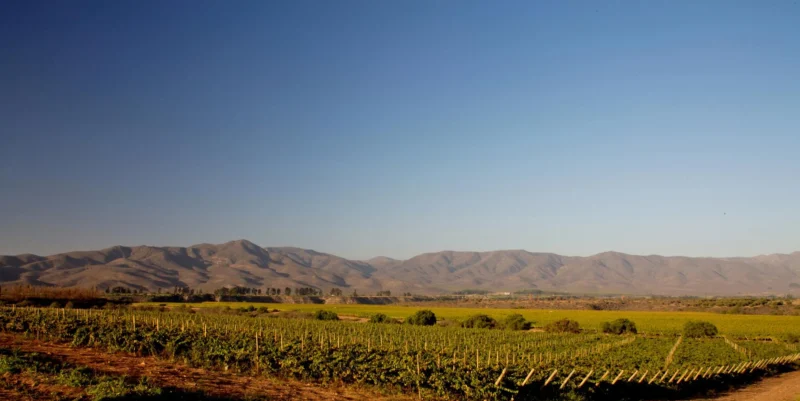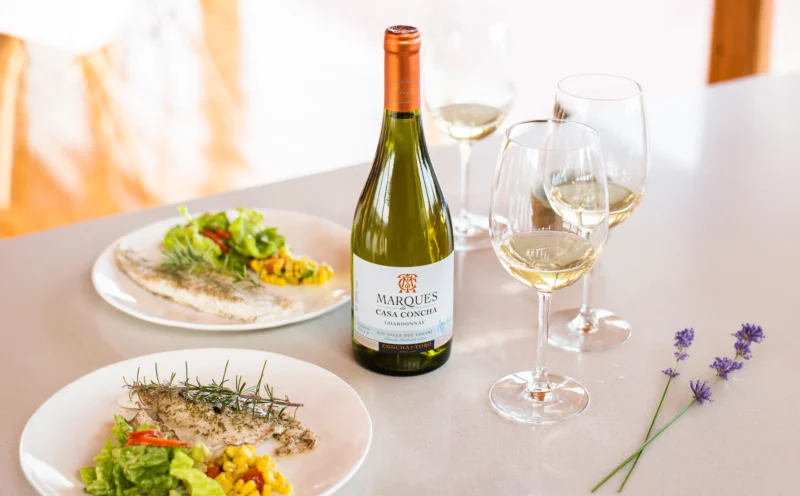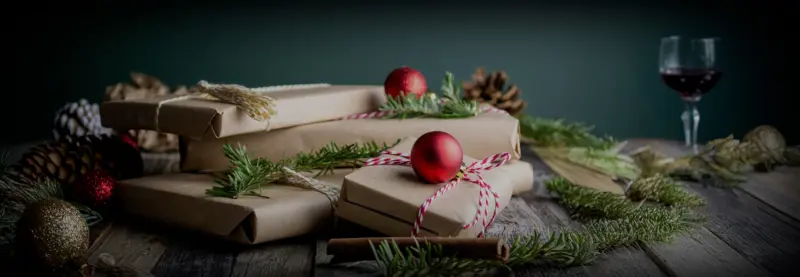Among the white grape varieties, it stands out because it can produce wines of exceptional quality in cold, moderate and warm climates. These are a wide range of styles, ranging from dry wines to cases that can evolve for decades in the bottle.
This coming May 30, International Chardonnay Day is celebrated, one of the most versatile white grape varieties capable of offering various styles of wines, always influenced by the climate and, sometimes also, by oak aging. Everything will depend on its origin and the practices that each winemaker applies in the winery.
The climate’s influence
When we talk about cold climate Chardonnays, these are wines with marked acidity and light to medium body where the aromas and flavours of citrus fruits such as lemon, or also green fruits such as pear and apple stand out.
While, in slightly more moderate climates, the acidity can be reduced, resulting in a wine with a medium body and aromas with citrus fruits, but others with stone such as peaches or some tropical fruit.
Then, in warm climates, the expression of this variety changes completely, delivering wines with greater body and aromas of ripe tropical fruits such as pineapple, banana and peach.
In the case of Marques de Casa Concha Chardonnay, from the Limarí Valley, and from a sector that has a coastal Mediterranean climate, which allows a slow and prolonged ripening of the fruit, it is a fresher wine that follows the profile of fruit from cold climate Chardonnays. That is reflected in its aromas of pear, accompanied by white flowers, toasted hazelnut and mineral notes.

The winemaking style
The interesting thing is that these profiles may or may not gain complexity, depending on the work that the winemakers do when vinifying. Everything will depend on the style of wine you are looking for. In certain cases, for simple wines, the important thing is to expose the fruit characteristics of the grape, without intervening in anything. And it’s OK.
But in other cases, you can seek to add complexity and volume in the palate. How is this done with Chardonnay? There are three ways. One is by using Malolactic Fermentation, where malic acid is transformed into lactic acid, providing milky notes to the wine that may be reminiscent of butter and cream, and at the same time reducing the initial acidity of the wine. The result is a creamier wine on the palate.
Another is by leaving the wine in contact with its lees for a period that can extend up to a year, which will help create secondary aromas provided by the yeasts, such as buttery notes.
Then, fermentation or storing the wine in barrels can also be used to provide volume and body in the palate. In addition, by the way, to the characteristic notes that the oak gives, such as the aromas of coconut, vanilla and toast.
As you can see, it is a grape variety that allows many alternatives when creating wines, and that in the case of Marques de Casa Concha Chardonnay exposes the characteristics of the grape, the climate, and the calcareous soil of the Limarí Valley, which is also reflected in its mineral notes. An ideal wine to pair with local cheeses, such as mountain goat cheese, as well as seafood and fish with butter or cream sauces.





